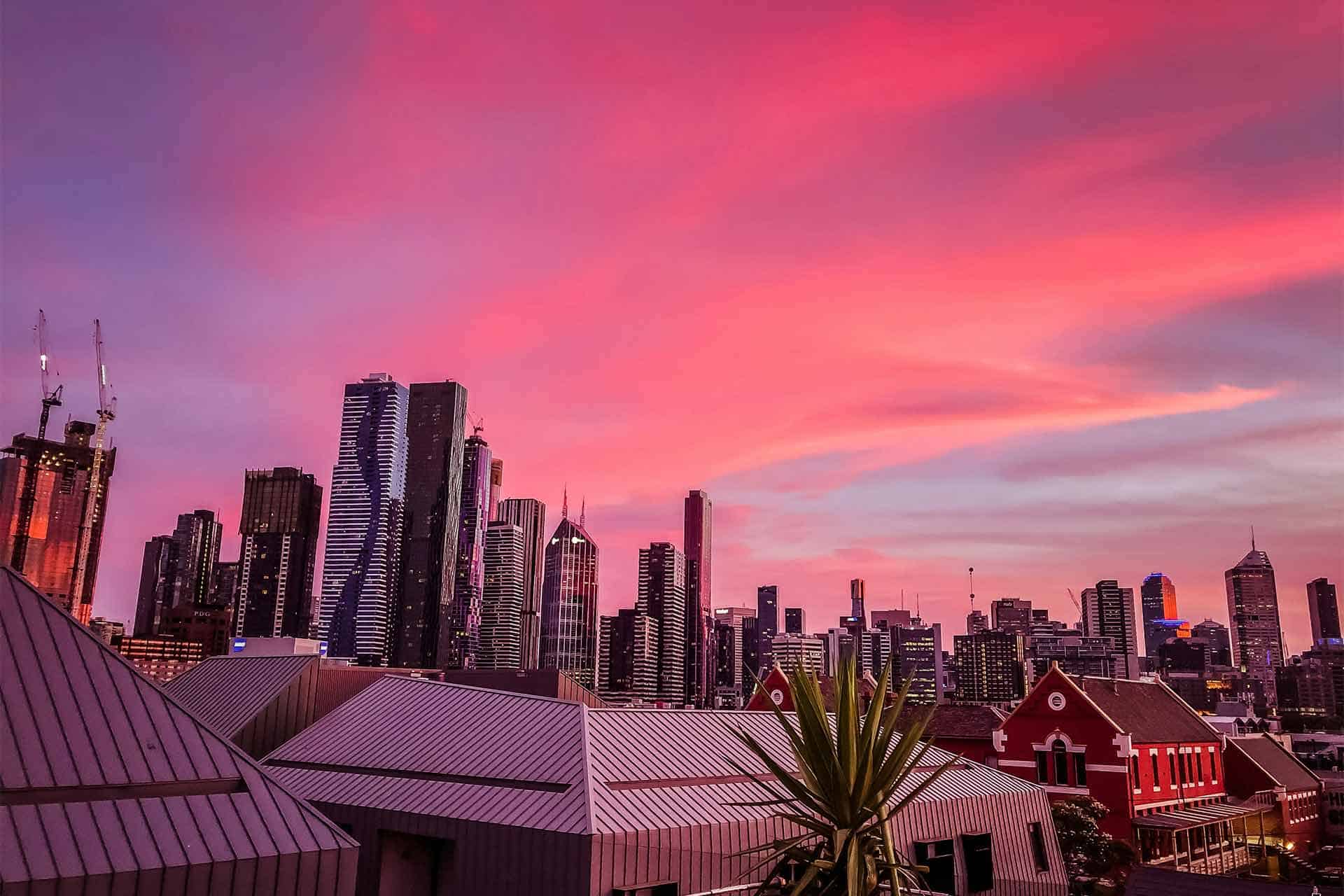
The best time to visit Australia depends on what kind of holiday you want, from skiing in the Snowy Mountains to snorkelling the Great Barrier Reef.
With a country as massive as Australia (three different time zones and two climates), timing your trip can make all the difference.
If you’re outdoorsy, you might want to visit Australia when it has the best weather, meaning comfortable temperatures, sunny days, and blue skies. It could be tricky, considering the climates vary depending on where you are in the country.
The northern regions experience a tropical climate, while the southern half has temperate weather.
In other words, Northern Australia only has two seasons: dry and wet. In contrast, the southern states typically undergo all four seasons.
In addition, Australia’s diverse landscapes, from luxuriant rainforests and arid deserts to sun-kissed capital cities and snow-covered mountains, create varied weather patterns.
And Australia, being in the Southern Hemisphere, has utterly opposite seasons to most countries in the Northern Hemisphere. Don’t expect hot weather in June or August (at least in New South Wales and other southern states), as it’s the Australian winter.
Visiting in December or January? You’re most likely going to deal with heat waves instead of snow storms. After all, it’s the peak of the Southern Hemisphere’s summer.
So, when’s the best time to visit Australia? There’s no one-size-fits-all answer to that.
But if you’re looking to travel when the crowds are smaller and the prices cheaper or planning your trip around the weather, here’s a roundup of what to expect every season.
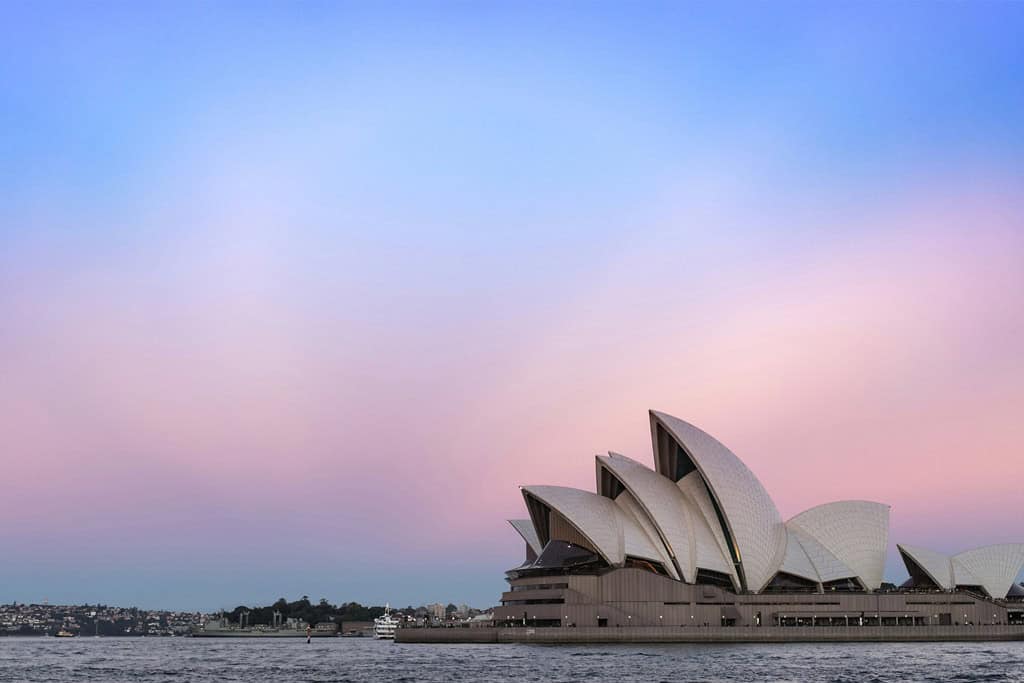 There is no bad time to visit Australia!
There is no bad time to visit Australia!
When is the Best Time to Visit Australia?
The best time to visit the southern parts of Australia is generally during the shoulder seasons, spring (September-November) and autumn (March-May).
You’ll enjoy perfect weather, fewer tourists, and potentially lower prices. Plus, nature’s putting on a bit of a show. Think wildflowers in spring and golden foliage in autumn.
If you’re exploring areas in the north (i.e., Northern Territory, Kimberley Region of Western Australia, or Tropical North Queensland like Cairns), the best time to visit is during the dry season from May to October.
That said, every season has its perks. We’ll go as far as to say there’s never really a bad time to visit Australia. It’s a year-round destination, especially if you fancy a break in one of the big cities or a scenic road trip.
Read our Sydney to Perth Road Trip Itinerary for a cross country adventure!
Summer brings beachy buzz and fun festivals. But it’s also the high season, which translates to big crowds and higher rates.
Winter is great for exploring the Outback or hitting the ski slopes of the Australian Alps. Also, it has smaller crowds and cheaper rates. The drawback is that the winter months can be super rainy in some parts of the country.
While the shoulder seasons are, for the most part, the best time to visit Australia, certain activities like whale-watching, swimming in the Great Barrier Reef, or hiking in the Red Centre, are best experienced during specific times of the year.
The best way to get around is to rent a car and explore on your own! We recommend Rental Cars, which has the largest range of vehicles for the best value on the market.
Summer in Australia (December-February)
Summer in Australia is the peak season. In the southern regions, the weather is warm and sunny, with average temperatures between 25°C and 30°C.
However, in the northern parts, like Queensland and the Top End, it’s the wet season (November-April). Expect afternoon storms, occasional cyclones, and high humidity (often exceeding 80%). Average temperatures range between 25°C and 37°C.
Many flock to the south during the summer months. Brace yourself for larger crowds and pricey accommodations. Late December to late January is usually the busiest because of the school holidays.
Read our guide to Transportation In Australia for tips on getting around!
Top things to do during summer in Australia
Many flock to the south during the summer months. Brace yourself for larger crowds and pricey accommodations. Late December to late January is usually the busiest because of the school holidays.
The summer months are perfect for those who love the iconic Aussie beach lifestyle. Go beach-hopping along the East Coast. New South Wales and Victoria have incredibly stunning beaches, with some staying almost empty even at the height of summer.
Love road trips? Drive the Great Ocean Road or join a full-day tour for hassle-free sightseeing. Or, ride an open carriage steam train through the Dandenong Ranges, spotting wildlife.
For avid hikers, Tasmania’s Overland Track and Cradle Mountain are best trekked in summer when the weather is the warmest and most stable. And with the surrounding seas the calmest in summer, it’s the best time to go on a wilderness cruise along the Tasmanian coastline.
Summer often brings mild but consistent waves, suitable for beginner surfers. Take a surf lesson at Byron Bay or hone your wave-riding skills at Sydney’s Bondi Beach.
In terms of festivals, summer has a full calendar of events showcasing Australia’s love of food, music, and the outdoors.
Notable events include Sydney’s New Year’s Eve fireworks, the Australian Open in Melbourne, and the Adelaide Fringe Festival. Also, enjoyAustralia Day with fireworks, BBQs, live music, and cultural festivities.
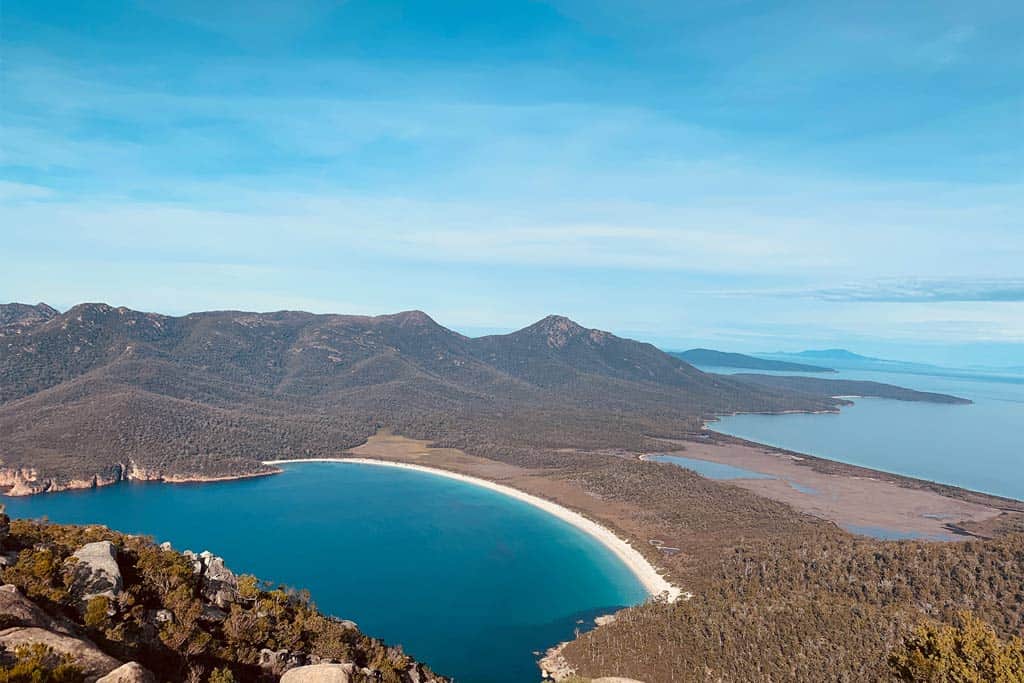 Tasmania is gorgeous in summer.
Tasmania is gorgeous in summer.
Autumn in Australia (March-May)
Autumn is hands down one of the best times to visit Australia. It’s the shoulder season, so you get the best of both worlds: comfortable weather, fewer visitors, and often slightly lower prices on flights and accommodation.
The intense heat mellows in the south as temperatures drop to 25°C highs and 17°C lows. You may experience occasional rains, but they are mostly light and brief.
In the northern Australian states, the rainy season starts to wane, leaving behind lush landscapes and lower humidity levels.
Though it’s usually uncrowded, Easter weekends (around March or April) are almost always busy as families enjoy the school break. If you plan a trip during the holiday, be sure to book your accommodations early.
Read next: The Best Australia Travel Tips
Top things to do during autumn in Australia
Autumn is like Australia’s sweet spot. Beaches are still warm enough for a swim. The hiking trails are alive with crisp air and golden leaves, making the season perfect for exploring a national park or two.
Plan a road trip through Tasmania to see the turning of the Fagus, when native beech trees transform from verdant green to deep reds and golds, bathing the land in warm colours.
While in Tasmania, visit the Freycinet National Park and Wineglass Bay on a scenic walk tour of the East Coast before the next season brings the chill.
Late February to April is wine harvest season, so a trip to regions like the Barossa Valley, Hunter Valley, or Yarra Valley is a nice touch to your itinerary.
Looking for killer whales? Head to Western Australia in March or April, the peak of the orca season. You’ll see these playful creatures on a killer whale expedition to Bremer Canyon, a well-known feeding ground.
As for events, autumn has no shortage of them. Check out the Melbourne Comedy Festival (March-April), Adelaide’s Tasting Australia (May), and Vivid Sydney (May-June).
Then, there’s Canberra’s Enlighten Festival (February-March), two weeks of light installations, outdoor art, and night markets. And if you’re a fan of surfing, don’t miss Rip Curl Pro at Bells Beach in Melbourne.
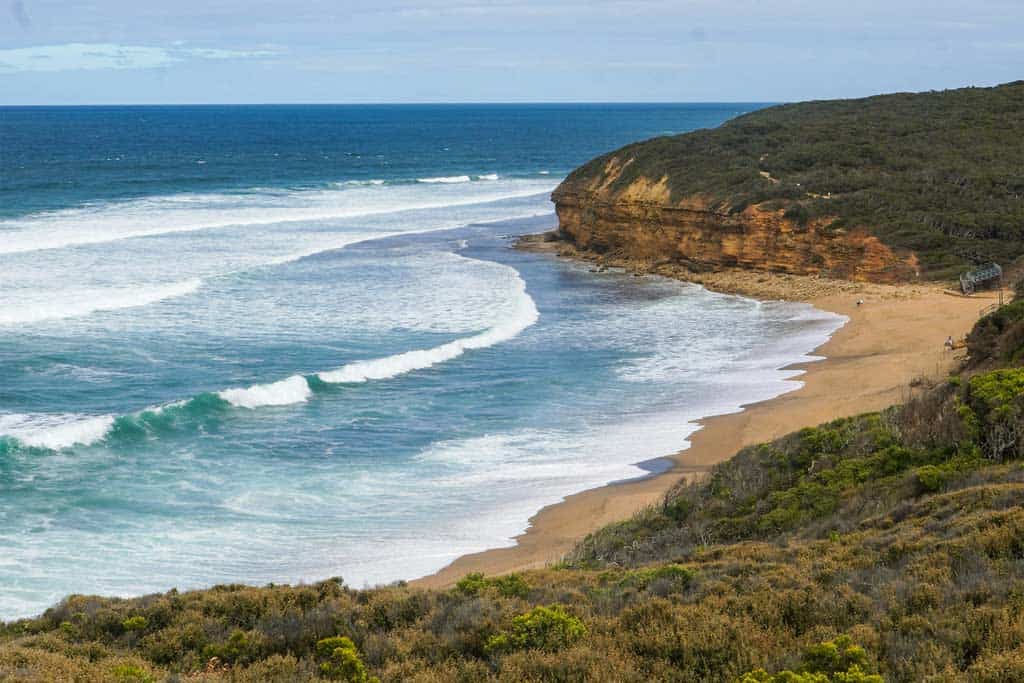 The iconic Bells Beach in Victoria
The iconic Bells Beach in Victoria
Winter in Australia (June-August)
While the Northern Hemisphere embraces the Great Outdoors, the Land Down Under abandons the beaches for the toasty comforts of the cozy indoors. Well, almost.
The winter months are off-season for most of the country, especially the southern parts. That means fewer crowds and cheaper accommodations, flights, and tours.
Coastal cities like Adelaide and Perth enjoy sunny days with temperatures around 10°C to 18°C. Sydney also has milder temps, but rainfall is frequent, especially in June.
Melbourne is colder and moodier, with temperatures hovering around 8°C to 15°C. Days are mostly cloudy, but heavy rains are rare.
Tasmania is even colder, with temperatures at 5°C, which usually drop to as low as 3°C overnight. The highlands often receive snowfall. August is also the rainiest month in the state,
Meanwhile, the tropical north is in its dry season. In fact, winter is one of the best times to visit Queensland, Darwin, and the rest of the Northern Territory as the sun shines and humidity disappears.
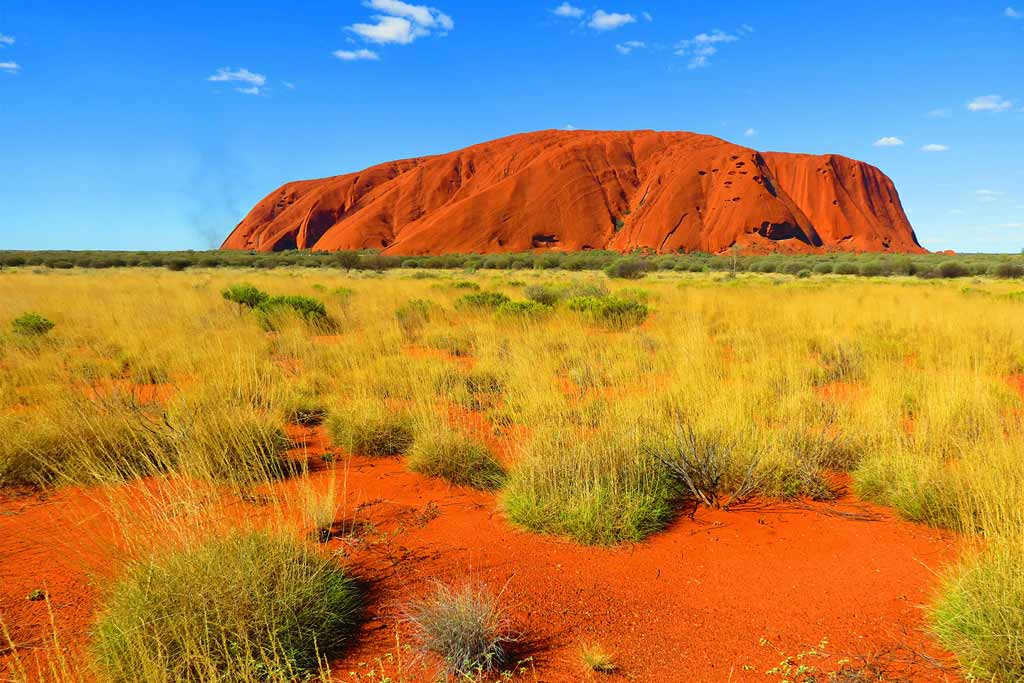 Winter is the best time to visit Uluru and the Red Centre.
Winter is the best time to visit Uluru and the Red Centre.
Top things to do during winter in Australia
Winter in Australia might make you think twice about visiting, but it offers a range of eclectic activities, from cozying up in a bar in Melbourne to sunbaking on a beach near Cairns before touring the Daintree Rainforest.
The cooler months are perfect for exploring the iconic Uluṟu-Kata Tjuṯa National Park when the lower temperatures make desert adventures more comfortable. Go for a day trip to Uluru with a BBQ dinner or a multi-day tour of the Australian Outback.
The Kimberley region in Western Australia is another swathe of ancient landscape you might want to explore in this season. Book a full-day tour of the Kimberley wilderness and Broome between late May and June while the waterfalls are still flowing fully after the heavy rains.
In the Top End, head to the Kakadu National Park. Discover impressive biodiversity with a Kakadu wilderness getaway tour. Or, if you’re more into the historical aspect of the oldest living culture on earth, check out this Kakadu Park cultural day trip.
Winter is outside the stinger season (November-May), making it ideal for exploring the Great Barrier Reef on a snorkelling or diving safari.
The whale-watching season peaks between June and August, especially along the East Coast. Hervey Bay is a prime spot to see these gentle giants in the wild.
While summer is best for learning to surf, wintry offshore winds bring huge and consistent swells suitable for experienced surfers.
Seeking to swap sand for snow? Head to the Snowy Mountains, Mount Buller, Perisher, or Thredbo for skiing, snowboarding, and fireside wine.
And oh, the Southern Lights? You can see them during during May to August from various spots in Tasmania, like Mount Wellington, Bruny Island, Cockle Creek, and the South Arm Peninsula.
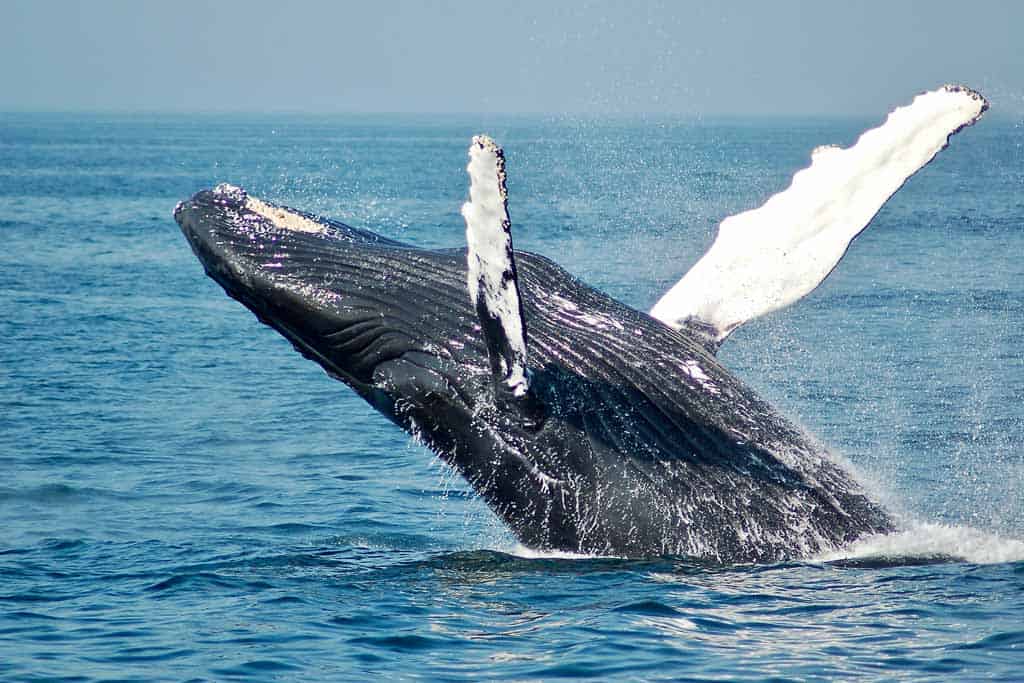 Don’t miss the chance to go whale watching in Australia in winter!
Don’t miss the chance to go whale watching in Australia in winter!
Spring in Australia (September-November)
Spring is an absolute treat. It’s a shoulder season, so you’re in a lovely spot between the calm of winter and the chaos of summer.
The weather starts warming up across the country, but not yet too hot for walks. The bonus? Prices and crowds are still relatively low, especially compared to peak times.
Average temperatures in spring range from 17°C to 25°Cin most southern parts. Northern Australia is a bit warmer, with 31°C, though evenings are usually cooler.
Spring is when Mother Nature goes on a roll. Wildflowers blanket almost every national park, whales migrate along the West Coast towards the Antarctic, and young koalas and kangaroos emerge from their mothers’ pouches.
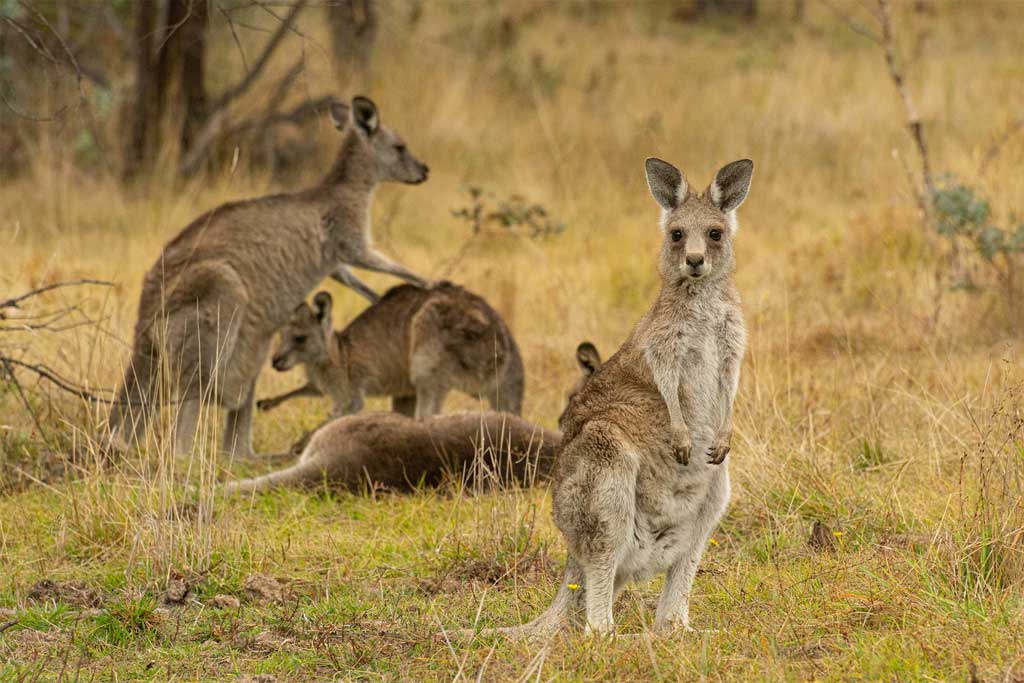 No trip to Australia is complete without seeing some adorable kangaroos.
No trip to Australia is complete without seeing some adorable kangaroos.
Top things to do during spring in Australia
In New South Wales, beaches begin buzzing again, particularly in Sydney. Picture the coastal walk from Bondi to Tamarama turned into an open-air gallery with Sculpture by the Sea (October-November).
The main draw of spring, however, is the vibrant flowers. And no, we don’t just mean the jacaranda blooms that adorn the parks of Brisbane or the streets of Grafton (its Jacaranda Festival is worth checking out).
We mean the bloom-fest in Western Australia, where you can see more than 12,000 wildflower species, more than half of which are native to the area.
The wildflower season can start as early as June and last until late November, depending on the region. But the peak is typically between September and October.
You can see an extensive array of wildflowers at Kings Park in Perth. But if you fancy seeing the blooms in the wild, head to Kalbarri in Western Australia or the Grampians National Park in Victoria.
Spring falls on the tail end of the whale-watching season. So, if you haven’t already, go on a last-minute whale spotting cruise from Perth from September to November.
To see newborn koalas and kangaroos, tour Kangaroo Island in South Australia.
For spring events, Floridae, Canberra’s biggest flower and entertainment festival happening from September to October, will amaze you. There’s also the Melbourne Cup horse race, which takes place early November.
Wet Season in Australia (November-April)
The wet season mainly affects the tropical north, including northern Queensland, the Top End of the Northern Territory (like Darwin and Kakadu), and northern parts of Western Australia.
It’s considered the off-season for these regions due to the hot weather (around 30°C to 35°C), heavy rainfall, high humidity, and intense afternoon storms. The rains can start as early as October, with January as the wettest month.
While it’s not everyone’s first pick, the wet season has its perks—lush scenery, thundering waterfalls, fewer crowds, and lower prices. Come prepared for some travel flexibility, as flooding can affect access to remote areas.
 Places like the Daintree Rainforest can still be visited in wet season – but be prepared for some storms.
Places like the Daintree Rainforest can still be visited in wet season – but be prepared for some storms.
Top things to do during the wet season
Visit museums and markets, then jump on a croc-spotting river cruise in Darwin.
Go barramundi fishing in Kimberley or the Top End.
Take a scenic flight over the flooded canyons in Katherine Gorge and the tumbling waterfalls of Kakadu.
Dry Season in Australia (May-October)
The dry season is the peak season in the tropical north. The weather is warm but not humid, with clear skies, low rainfall, and temperatures usually not going over 30°C.
It’s the perfect escape from colder southern winters, so expect larger crowds and higher prices in accommodations, flights, and tour packages.
Top things to do during the dry season
Travellers flock north during the dry season to explore rainforests, reefs, and remote national parks. Roads are open, waterfalls are still flowing, and outdoor activities are in full swing.
Swim in Cairn’s Northern beaches, try river-drifting at Mossman Gorge, island hop in the Great Barrier Reef (dry season equals non-stinger season), and paddle across the Noosa Everglades.
For foodies, the Mindil Beach Sunset Markets, open Thursdays and Sundays from late April to late October, boasts over 60 food stalls from around the world.
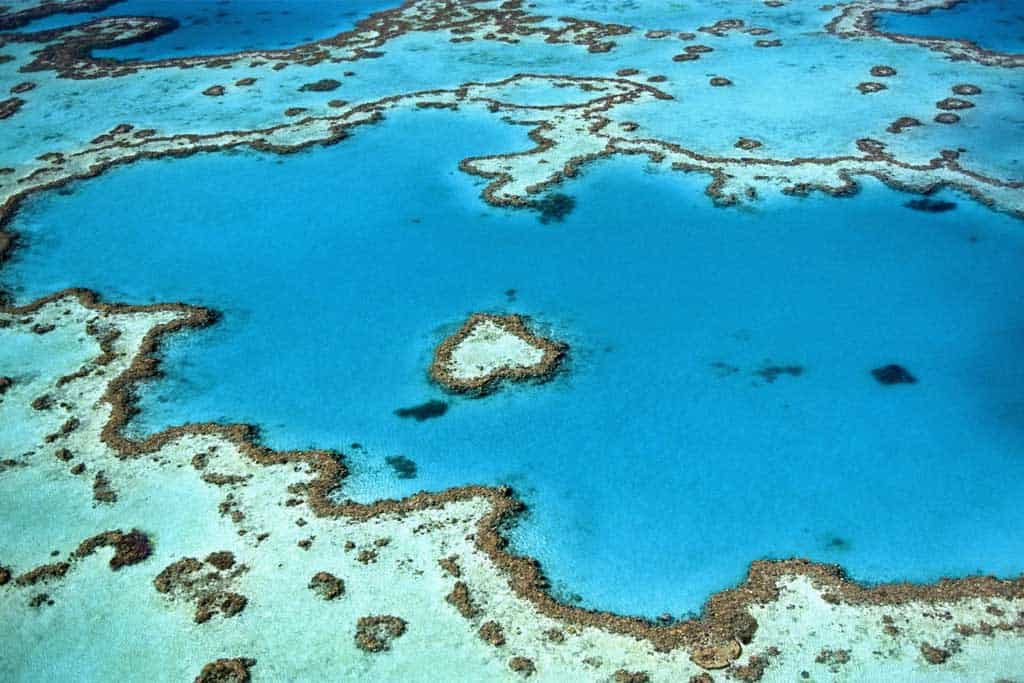 The Great Barrier Reef is best in dry season.
The Great Barrier Reef is best in dry season.
What is the best month to go to Australia?
The best time to visit Australia is spring (September–November) or autumn (March-May) for great weather, fewer crowds, lower prices, and stunning scenery.
In the northern regions, the dry season, which coincides with autumn and winter, is the most popular time to visit.
But every season offers something unique. So, the best time really depends on what kind of adventure you’re after.
DISCLAIMER: Some of the links in this article are affiliate links, which means if you book accommodation, tours or buy a product, we will receive a small commission at no extra cost to you. These commissions help us keep creating more free travel content to help people plan their holidays and adventures. We only recommend the best accommodations, tours and products that ourselves or our fantastic editorial team have personally experienced, and regularly review these. Thanks for your support, kind friend!
Please visit:
Our Sponsor
